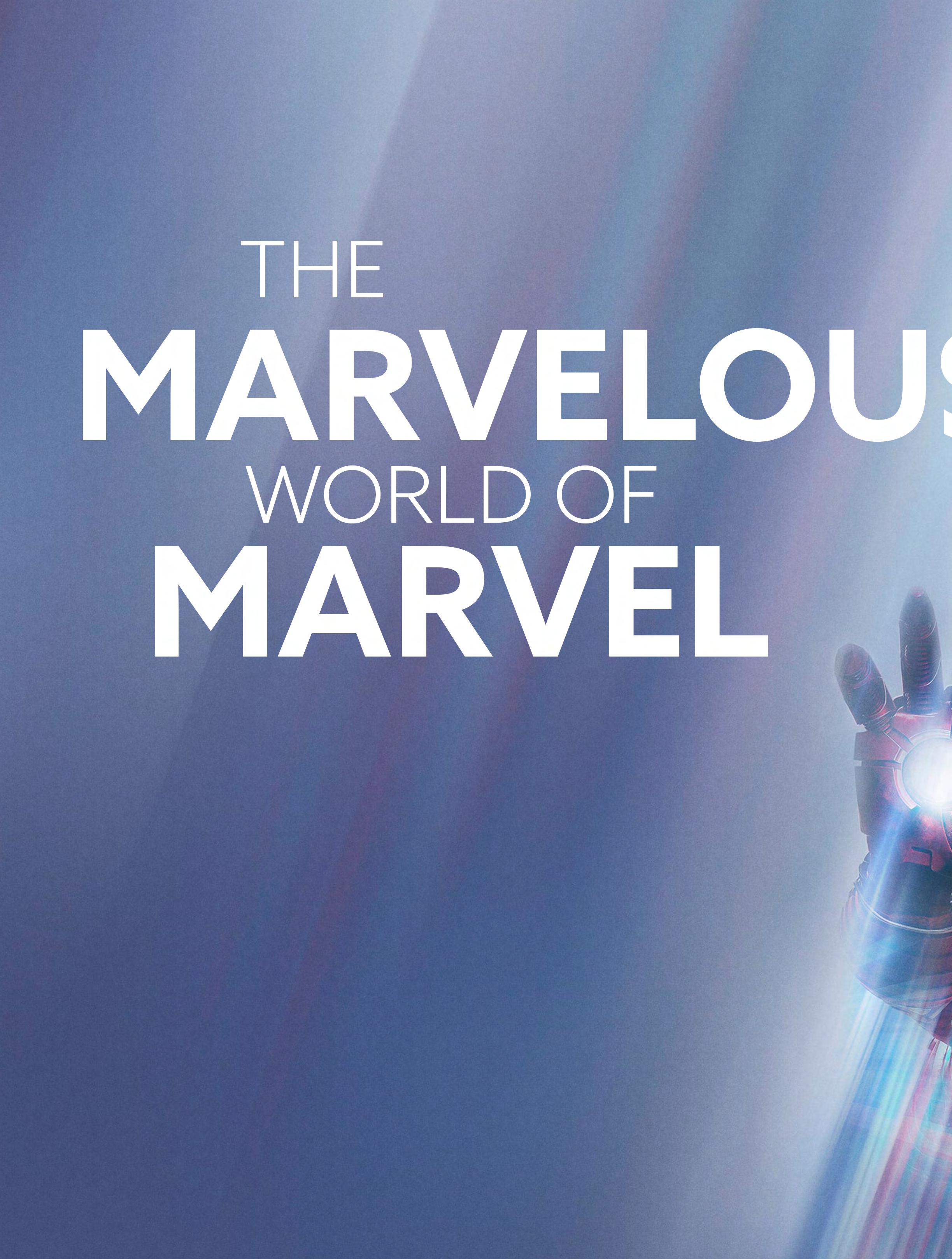
2 minute read
The Marvelous World of Marvel
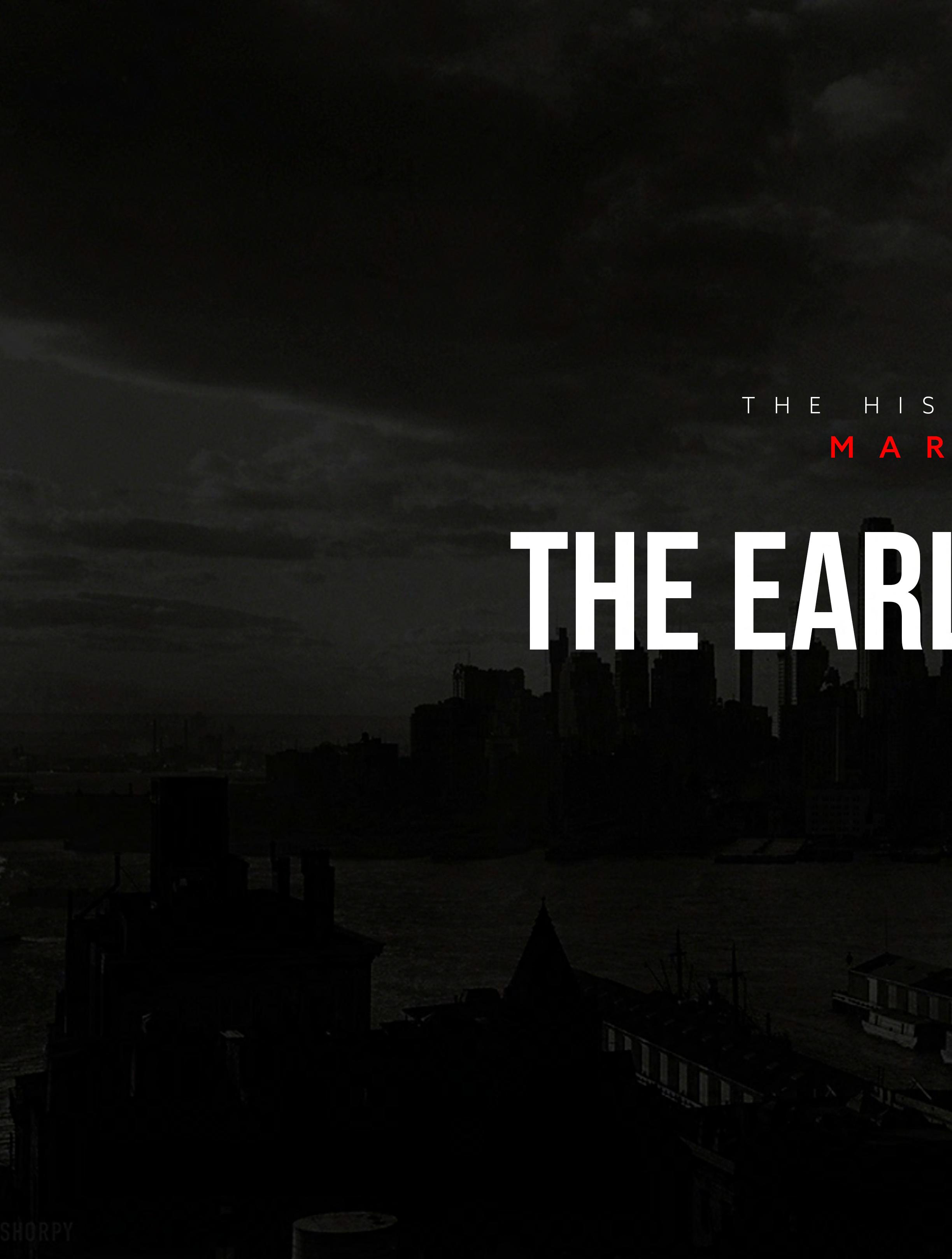
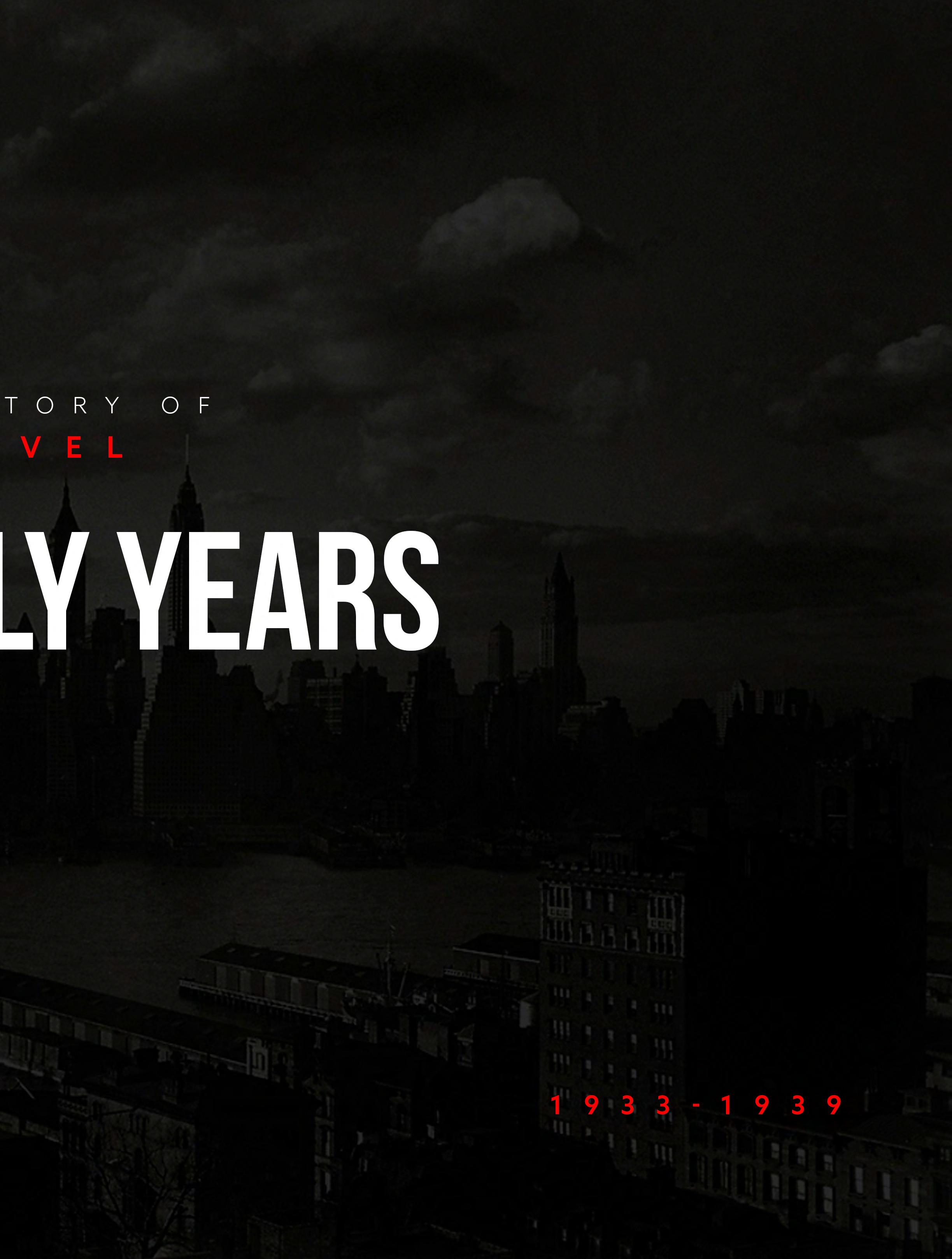
Advertisement
Beginning in 1933, American comic books largely consisted of compiled comic strips from the Sunday newspaper, but without the newspaper section attached. These were an instant hit on newsstands, but nowhere near as successful as what was to come.
In 1938, Detective Comics, Inc. launched a new anthology series titled Action Comics. Its very first issue featured a character named Superman, created by Jerry Siegel and Joe Shuster. Debates are held as to whether or not Superman was the first superhero—and certainly other fictional heroes already existed—but the Man of Steel was undeniably the catalyst for the superhero and comic book craze that followed, thus launching what would later be referred to as “The Golden Age of Comic Books.”
Planning to capitalize off of the emerging popularity of superhero comic books, pulp magazine writer Martin Goodman decided to launch his own comic book division called Timely Publications, a potential umbrella brand for all of the comic entities he would soon publish.
Having no content of his own, Goodman contracted the creatives at the comic book packager Funnies, Inc. to supply the contents for his very first issue in 1939, Marvel Comics #1 (later Marvel Mystery Comics). The book featured Funnies’ own superhero, Namor the Sub-Mariner, from their failed promotional movie theater giveaway that was never published, as well as two new creations: the Human Torch and the Angel.
The Sub-Mariner, created by Bill Everett, was an anti-hero who possessed super-strength, the power of flight, and aquatic abilities. The Human Torch, created by Carl Burgos, prior to being repurposed in the ‘60s as a member of the Fantastic Four, was a sentient android created in a lab with the ability to control flames. The Angel, created by Paul Gustavson, was a powerless, mask-less detective who insisted on wearing a superhero costume regardless. The Sub-Mariner and the Human Torch would become two of Timely’s “big three” characters during the Golden Age. However, there would soon be one character in particular who would easily become their biggest hit of the era and a sign of the publisher’s lasting ubiquity throughout comic book history.
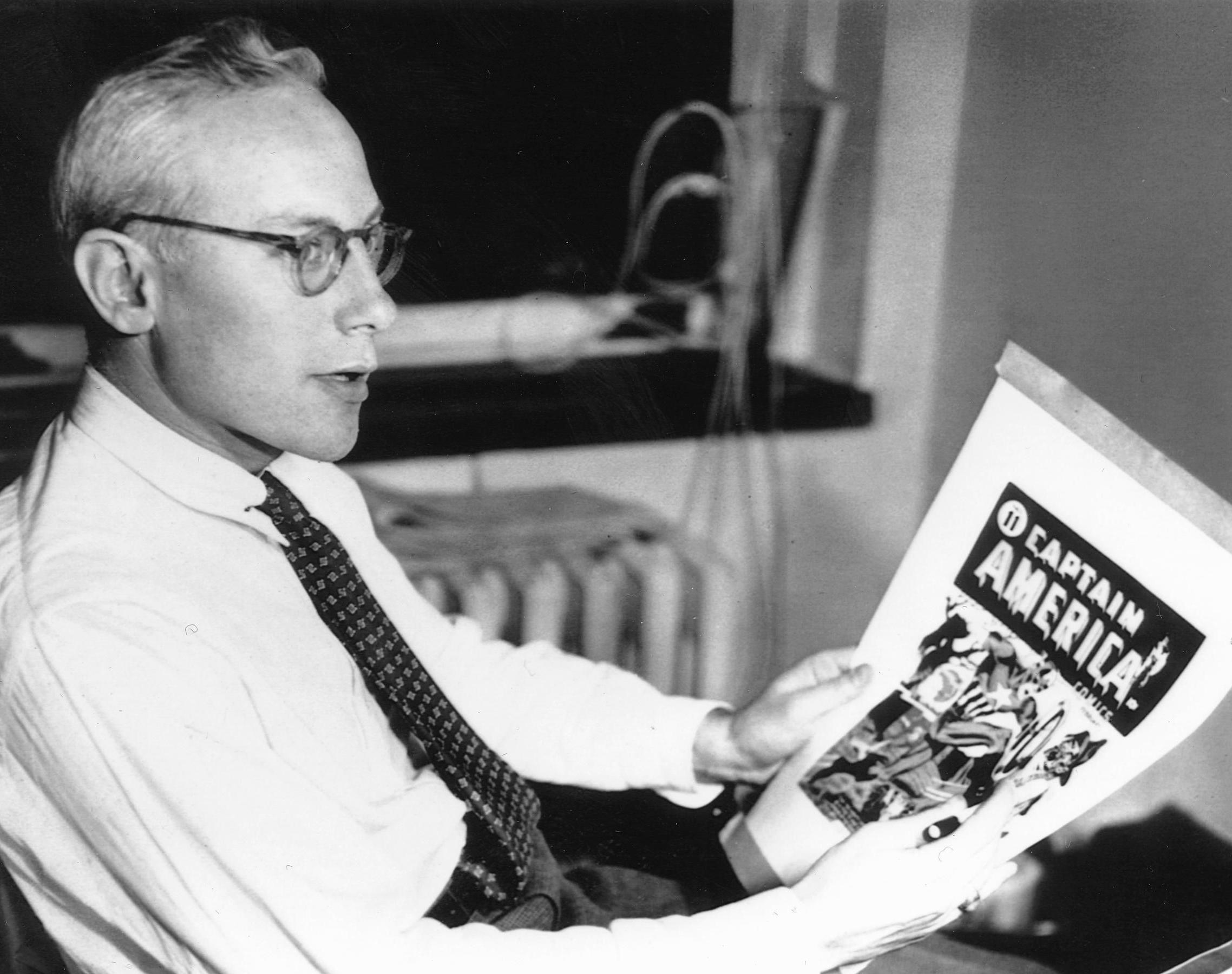
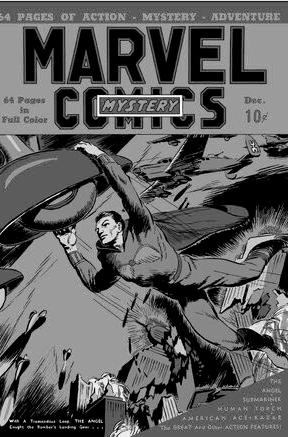
Marvel Comics #1 | (1939)









